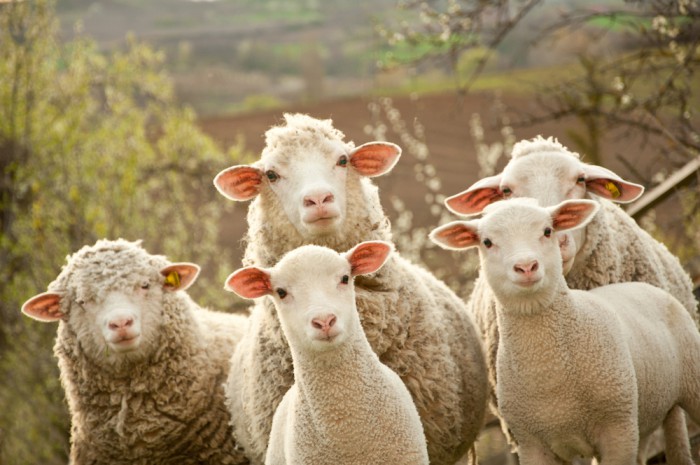Icelandic farmers are unable to explain why the number of sheep that died during the spring months was significantly higher that what is normally experienced.
Around 5,000 sheep died during the period, with the western and northern regions hit hardest, and analysts have been left at a loss as to why.
Among the theories put forward is that the unusually high number of deaths could be down to sulphur emitted during a lengthy volcanic eruption, with the suggestion being that the vegetation became contaminated, causing the sheep to suffer from malnutrition. The Holuhraun lava field eruption lasted for half a year, resulting in millions of tonnes of sulphur dioxide being released into the atmosphere.
The University of Iceland’s Professor Jonas Eliasson said that when the ash cloud blows over Iceland from the east it can often bring rain with it. He explained that the rain or snow then clears the sulphur from the air, with the snow in particular causing great damage after it melts as the sulphur remains in the soil and on the vegetation.
A large number of ewes died following the lambing season, while farmers also noticed malnourishment in their animals despite the fact they were being well fed. Some farms reported losing as much as 30 per cent of their flock. Other theories as to why so many sheep have been dying relate to the unusually cold weather, poor-quality hay and disease.
Blood samples have been sent for testing to Norway, with results expected back before the end of the week, revealed the Icelandic Food and Veterinary Authority.

